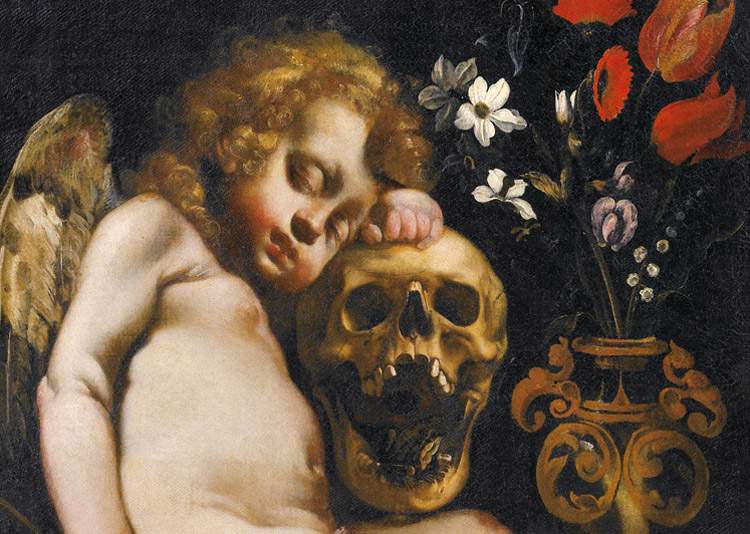In the autumn of 1647, the quiet existence of the city of Cremona, which had experienced nearly two decades of relative calm after the great Manzoni plague, found itself disturbed by the events of the Franco-Spanish war. Cremona, the most important pro-Spanish city immediately south of Milan, was besieged in October of that year by the Duke of Modena, Francesco I d’Este, commander of the French forces in Italy, who nevertheless underestimated the fierce resistance of the Cremonese.
The city in fact had no walls or fortifications: nevertheless, Lorenzo Manini narrates in his Historical Memoirs of the City of Cremona, “shelters were erected, ditches dug, trees felled, villages ruined, and bridges cut across the canal along the road known as the Cerca, so that enemies would not approach [...]. The urban militia took up arms, and was reinforced with several ranks of peasants,” to which were added “the poor and artisans.”
The inhabitants, aided also by the heavy rains of that autumn that caused widespread flooding in the countryside, forced the enemies into a truce: the Franco-Modenese thus spent the winter in Casalmaggiore, and tried to attack the city again in the summer of 1648, suffering the ultimate defeat, partly because the Cremonese had spent the winter fortifying the city and were supported by thousands of Spanish soldiers.
The besiegers had to content themselves with wreaking havoc on the countryside. Disturbing news was therefore coming from the countryside: the enemies were robbing, harassing and imprisoning the inhabitants, and they were only subjecting the country churches to pillage, stealing the works of art preserved there.
In that same year, the greatest artist active in Cremona, Luigi Miradori known as the Genovesino (Genoa?, c. 1605-1610 - Cremona, 1656), painted, for the parish church of San Clemente, the altarpiece depicting the Miracle of Saint John Damascene: the saint had fought vigorously against the iconoclasts of Emperor Leo III, and in response his adversaries had raged against him by cutting off his hand, which in the painting is literally reattached to his arm by the Madonna and the Child Jesus. I
he painting is one of the protagonists of the major exhibition, the first monographic exhibition ever dedicated to Genovesino, entitled Genovesino. Natura e invenzione nella pittura del Seicento a Cremona, which is being held in Cremona itself, at the Museo Civico “Ala Ponzone”: for Valerio Guazzoni, who together with Francesco Frangi and Marco Tanzi is one of the curators of the important exhibition, the painting that Luigi Miradori executed in 1648 could hold a very high symbolic significance, given the circumstances of the time in which it was made.
Click here to continue reading...
 |
| Review of the Genovesino exhibition in Cremona |
Warning: the translation into English of the original Italian article was created using automatic tools. We undertake to review all articles, but we do not guarantee the total absence of inaccuracies in the translation due to the program. You can find the original by clicking on the ITA button. If you find any mistake,please contact us.